What Makes Hand Block Print Fabrics Unique?
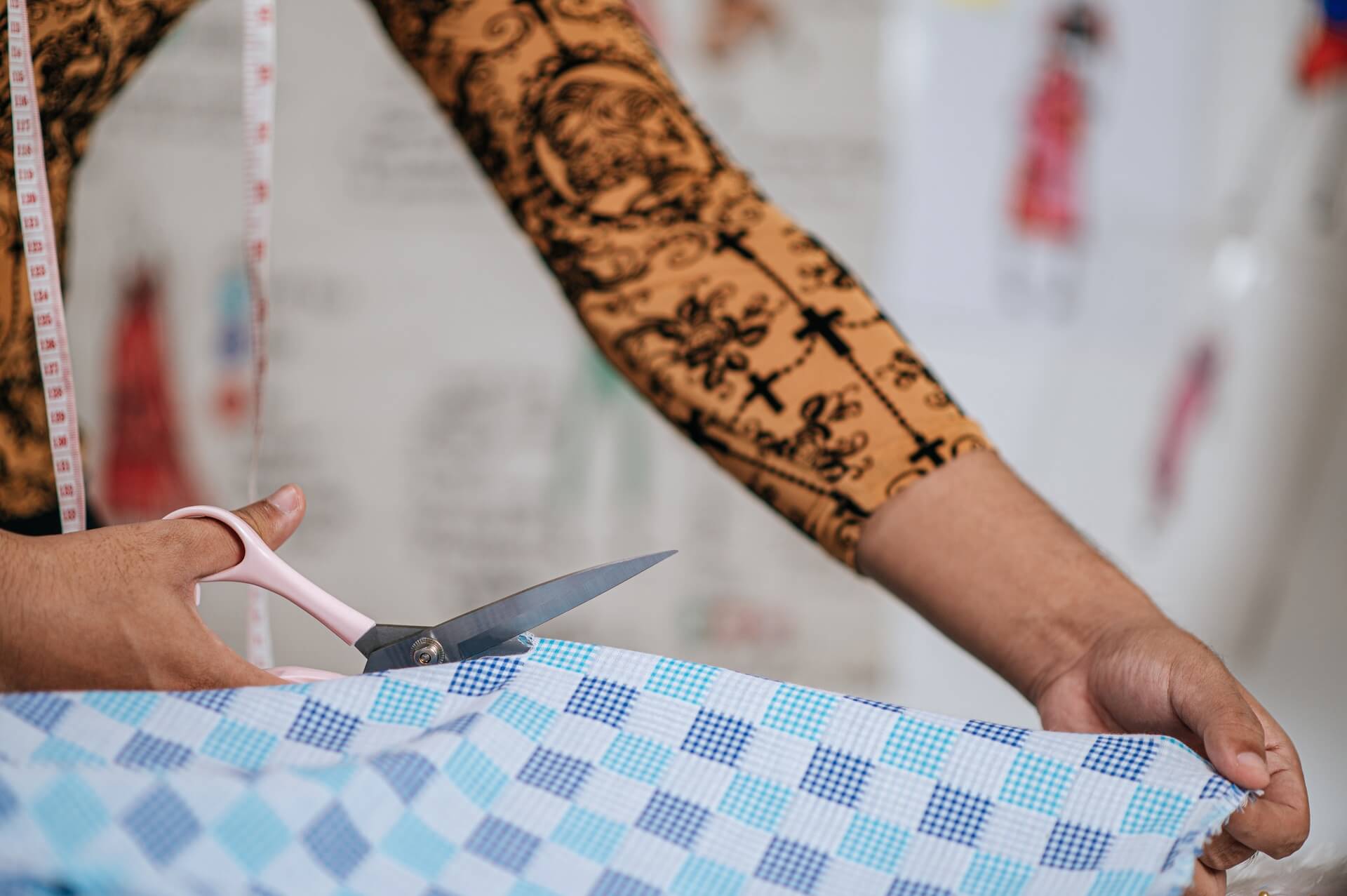
Hand block print fabrics are one of a kind and are particularly popular in the Asian subcontinent. Furthermore, block printing of fabrics with a yard is one of the oldest forms of technology used to embellish materials.
Block printing was invented thousands of years ago in China’s northern provinces. However, it has since extended to other countries and has become an essential component of our textile sector.
As block printing on textiles with yards is still done manually, the process of manufacturing each product has its own uniqueness. The dye and teak blocks are used to print the blocks on the fabric.
Teak blocks are carved into various designs and filled with varied colors. The artist then meticulously stamps each teak on the fabric. Craftsmanship necessitates a great deal of attention to detail while printing each design.
In this article, we’ll go over some of the characteristics that distinguish block print fabrics. Continue reading.
Special Features of Block Print Fabrics
Archaeological evidence shows that the basic type of block printing has existed since the Indus Valley Civilisation. It is currently practiced in numerous nations with various forms of block printing and designs.
1. It produces creative and colourful fabrics
Block pattern fabrics include a stunning combination of colors and prints inspired by diverse cultures throughout the world. The art of block printing is truly exceptional. Block printing is typically done on a white or pastel backdrop with multiple blocks for each color. The outline of the block is created first, and then it is filled with various colors such as indigo, orange, yellow, green, red, and so on. The designs on the fabric are bold and repeated in rows, and they contain flowers, buds, leaves, and a variety of other modern prints.
2. It includes a manual process
A hand-block print fabric requires humans to make prints that take several days of hard work in today’s machine generation, when fabrics are created in record time. It takes art to create the most visually appealing fabric in the world. A hand-block printed fabric has an obvious human touch with fascinating small defects that machines cannot duplicate.
3. It is a unique and inexpensive fabric
A wide range of hand-block printed clothing is available at a reasonable price. It is manufactured in India and exported to a number of other nations. However, due to imports, prices in other nations may rise. A hand-block print cloth is a one-of-a-kind work of Indian fabric art.
4. It is eco-friendly
The hand block print art is environmentally friendly, preserving the integrity of plants, nature, and the people who are intimately involved in every step of the fabric’s production. The art prints are stunning depictions of plants, animals, and human civilization. The human hand replaces machines, and the colors are naturally made from vegetables and flowers, making it an eco-friendly art deserving of worldwide acclaim and respect.
Techniques of Hand Block Printing on Fabrics
There are various techniques of block printing on fabrics and the most popular ones are listed below.
1. Discharge Block Printing
The fabric on which the block printing will be done is coloured in this technique. However, the dye is removed from the area of the fabric where the designs will be formed using a chemical. Following that, the printed pieces are treated to make them suitable for re-coloring.
2. Direct Block Printing
Cotton or silk cloth is utilized in direct block printing. The fabric is first bleached and dyed in the desired color before being block printed on borders with carved wooden blocks.
3. Resist Block Printing
The section of the fabric that will not be dyed is covered with a resin and clay paste in this technique of block printing. The fabric is then dyed with the appropriate color. During the dying process, the dye penetrates the fractures, creating the color effect on the fabric. The fabric is eventually block-printed after this process.
Hand-block printing on fabrics may produce a wide range of rich and colorful prints. Previously, natural dyes were employed, but numerous artificial colors and synthetic dyes are now used to color the fabric. Saffron, yellow, blue, and red are the most common colors used in block printing.
Conclusion
Hand block printing on fabrics is the most common type of hand printing and has been practiced since ancient times. It is one of the most distinctive arts and crafts processes for producing fabrics with a variety of colors and designs.
Explore our website, which is synonymous with authentic designs and prints, if you want to buy for the most authentic hand-block print fabrics.
Recent Posts

Why your bedroom needs hand block printed prints?
Why Your Bedroom Needs Hand Block Printed Prints?After a long day, your …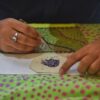
Why Cotton Fabric is Pre-treated Before Block Printing?
Why Cotton Fabric is Pre-treated Before Block Printing? When clothing has a …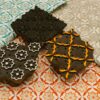
Why Hand Block Printed Bed Sheets are Trending?
Why Hand Block Printed Bed Sheets Are Trending? Your bed sheets are …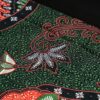
How to Incorporate Hand Block Printed Bedsheets into Your Home Decor?
How To Incorporate Hand Block Printed Bedsheets Into Your Home Decor? Hand …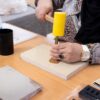
What Is Block Printing? Types Of Block Printing
What Is Block Printing? Types Of Block Printing Printmaking is a common …
